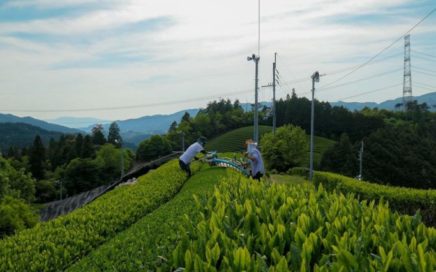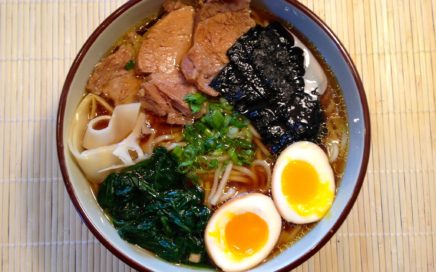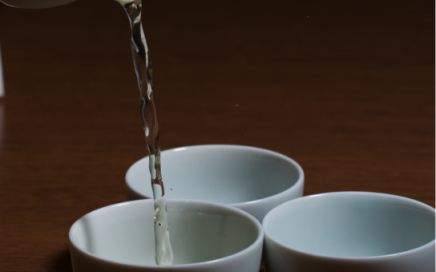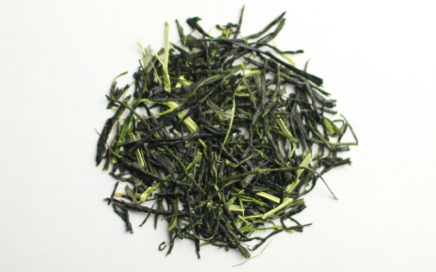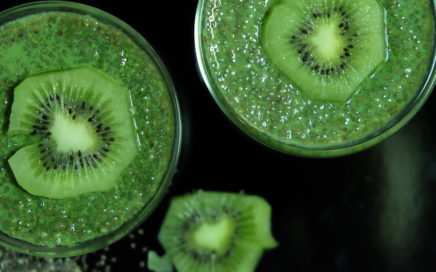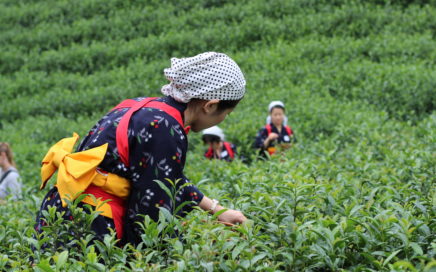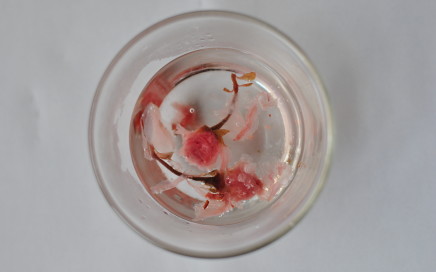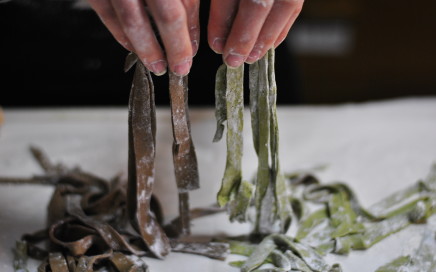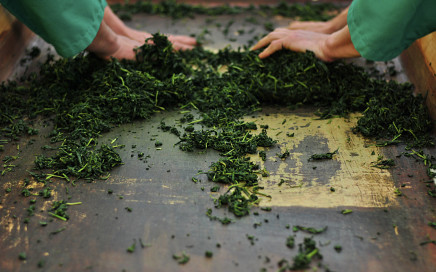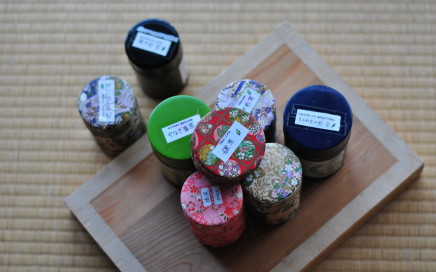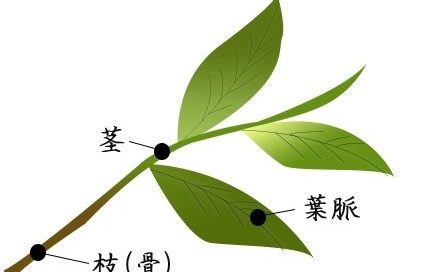
Du thé à base de tiges?
Vous avez déjà entendu qu’il était possible de faire du thé appelé « hone » à partir de tiges ? « Hone » signifie os en japonais et on entend souvent ce mot venant des agriculteurs de thé au Japon. Aujourd’hui je vais vous en apprendre un peu plus sur le monde du thé japonais ! Pour vous […]

